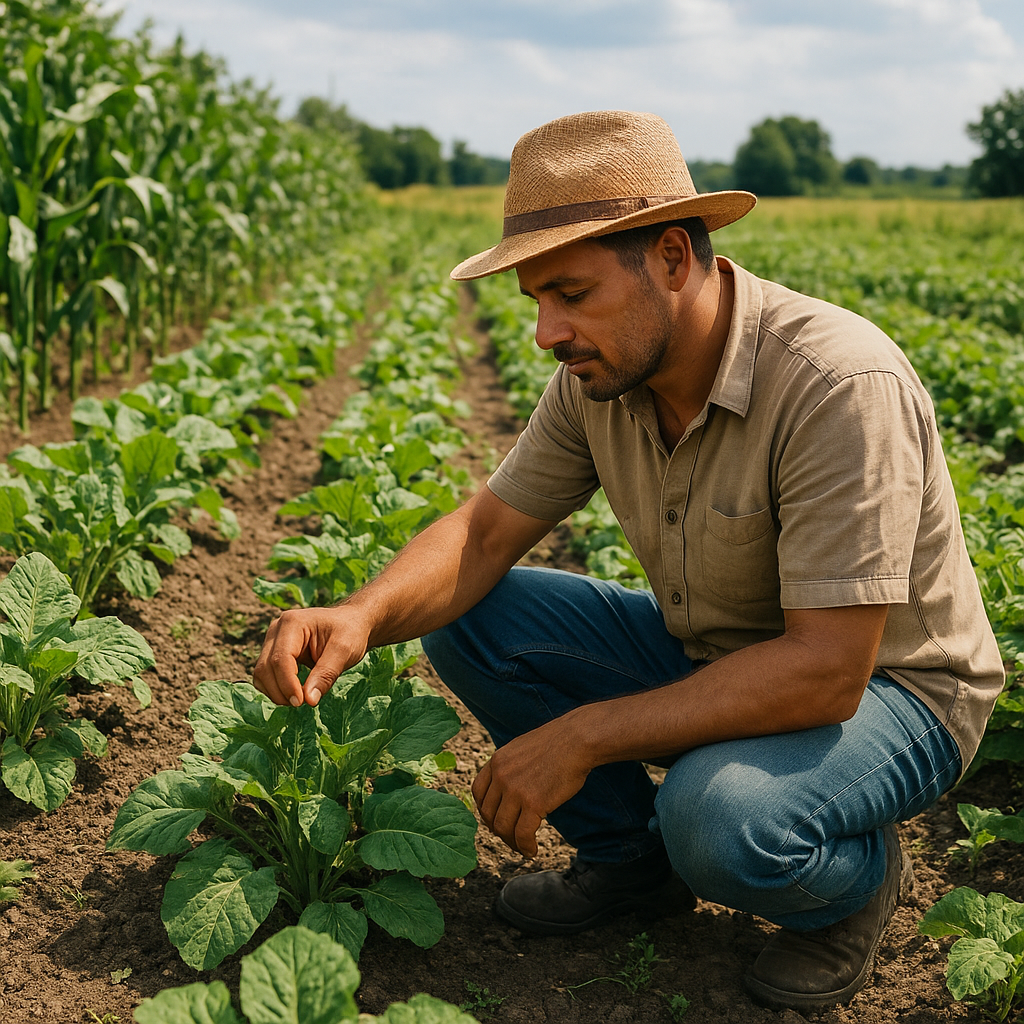
Growing high-quality vegetables in low-nutrient soil can be a challenging yet rewarding endeavor for any gardener or farmer. With the right techniques and a bit of patience, it is possible to transform even the most nutrient-deficient plots into productive vegetable gardens. This article will explore various strategies and tips to help you achieve this goal, focusing on soil improvement, plant selection, and sustainable practices.
Understanding Low-Nutrient Soil
Before diving into the methods of improving low-nutrient soil, it is essential to understand what characterizes such soil and why it poses a challenge for vegetable growth. Low-nutrient soil typically lacks the essential elements that plants need to thrive, such as nitrogen, phosphorus, and potassium. These deficiencies can result from various factors, including poor soil structure, erosion, over-farming, or natural conditions.
Identifying the specific deficiencies in your soil is the first step toward improvement. Soil testing is a valuable tool that provides detailed information about the nutrient content and pH level of your soil. With this data, you can tailor your soil amendment strategy to address the specific needs of your garden.
Improving Soil Quality
Once you have identified the deficiencies in your soil, the next step is to improve its quality. There are several methods to enhance soil fertility, each with its own benefits and considerations.
Organic Matter and Composting
One of the most effective ways to enrich low-nutrient soil is by adding organic matter. Composting is a sustainable practice that not only recycles kitchen and garden waste but also creates a rich, nutrient-dense amendment for your soil. Compost improves soil structure, increases water retention, and provides a slow-release source of nutrients.
To start composting, collect organic waste such as vegetable scraps, coffee grounds, and yard trimmings. Layer these materials in a compost bin or pile, ensuring a balance between green (nitrogen-rich) and brown (carbon-rich) materials. Regularly turn the pile to aerate it and speed up the decomposition process. After a few months, you will have a dark, crumbly compost ready to be mixed into your garden soil.
Cover Crops and Green Manures
Cover crops, also known as green manures, are plants grown specifically to improve soil health. These crops, such as clover, vetch, or rye, are sown during the off-season and tilled into the soil before planting vegetables. Cover crops help prevent erosion, suppress weeds, and, most importantly, fix nitrogen in the soil, enhancing its fertility.
When selecting a cover crop, consider the specific needs of your soil and the climate of your region. Some cover crops are better suited for certain conditions, so choose one that will thrive in your garden environment.
Choosing the Right Vegetables
In addition to improving soil quality, selecting the right vegetables for low-nutrient conditions is crucial for a successful harvest. Some vegetables are more tolerant of poor soil than others and can still produce a bountiful yield with minimal intervention.
Hardy Vegetable Varieties
Root vegetables such as carrots, beets, and radishes are generally more forgiving of low-nutrient soil. These plants have deep root systems that can access nutrients from deeper soil layers. Leafy greens like kale and Swiss chard are also good choices, as they can thrive in less-than-ideal conditions and still provide nutritious harvests.
When selecting seeds or seedlings, look for varieties labeled as “hardy” or “drought-tolerant.” These plants are bred to withstand challenging conditions and may perform better in low-nutrient soil.
Companion Planting
Companion planting is a technique that involves growing different plants together to benefit each other. Certain plant combinations can improve soil health, deter pests, and enhance growth. For example, legumes such as peas and beans can fix nitrogen in the soil, benefiting neighboring plants. Marigolds are known to repel nematodes and other pests, making them excellent companions for many vegetables.
Research compatible plant pairings for your chosen vegetables to maximize the benefits of companion planting in your garden.
Sustainable Practices for Long-Term Success
While improving soil quality and selecting the right plants are essential steps, adopting sustainable practices ensures the long-term success of your vegetable garden. These practices not only maintain soil health but also promote biodiversity and environmental stewardship.
Crop Rotation
Crop rotation is the practice of changing the location of crops in your garden each season. This method prevents the depletion of specific nutrients and reduces the risk of soil-borne diseases and pests. By rotating crops, you can maintain a balanced nutrient profile in your soil and improve overall garden health.
Plan your garden layout with crop rotation in mind, grouping plants with similar nutrient needs and rotating them annually. This practice will help sustain soil fertility and increase your garden’s productivity over time.
Mulching
Mulching is another sustainable practice that offers numerous benefits for low-nutrient soil. By covering the soil with organic materials such as straw, wood chips, or grass clippings, you can conserve moisture, suppress weeds, and add nutrients as the mulch decomposes.
Apply a layer of mulch around your vegetable plants, ensuring it is thick enough to provide coverage but not so dense that it restricts airflow. Mulching not only improves soil health but also reduces the need for frequent watering and weeding, making it a valuable practice for any gardener.
Conclusion
Growing high-quality vegetables in low-nutrient soil is a challenging but achievable goal with the right approach. By understanding the characteristics of your soil, improving its quality through organic matter and cover crops, selecting the right vegetable varieties, and adopting sustainable practices, you can transform your garden into a productive and thriving space. With patience and dedication, even the most nutrient-deficient soil can yield a bountiful harvest of delicious and nutritious vegetables.

